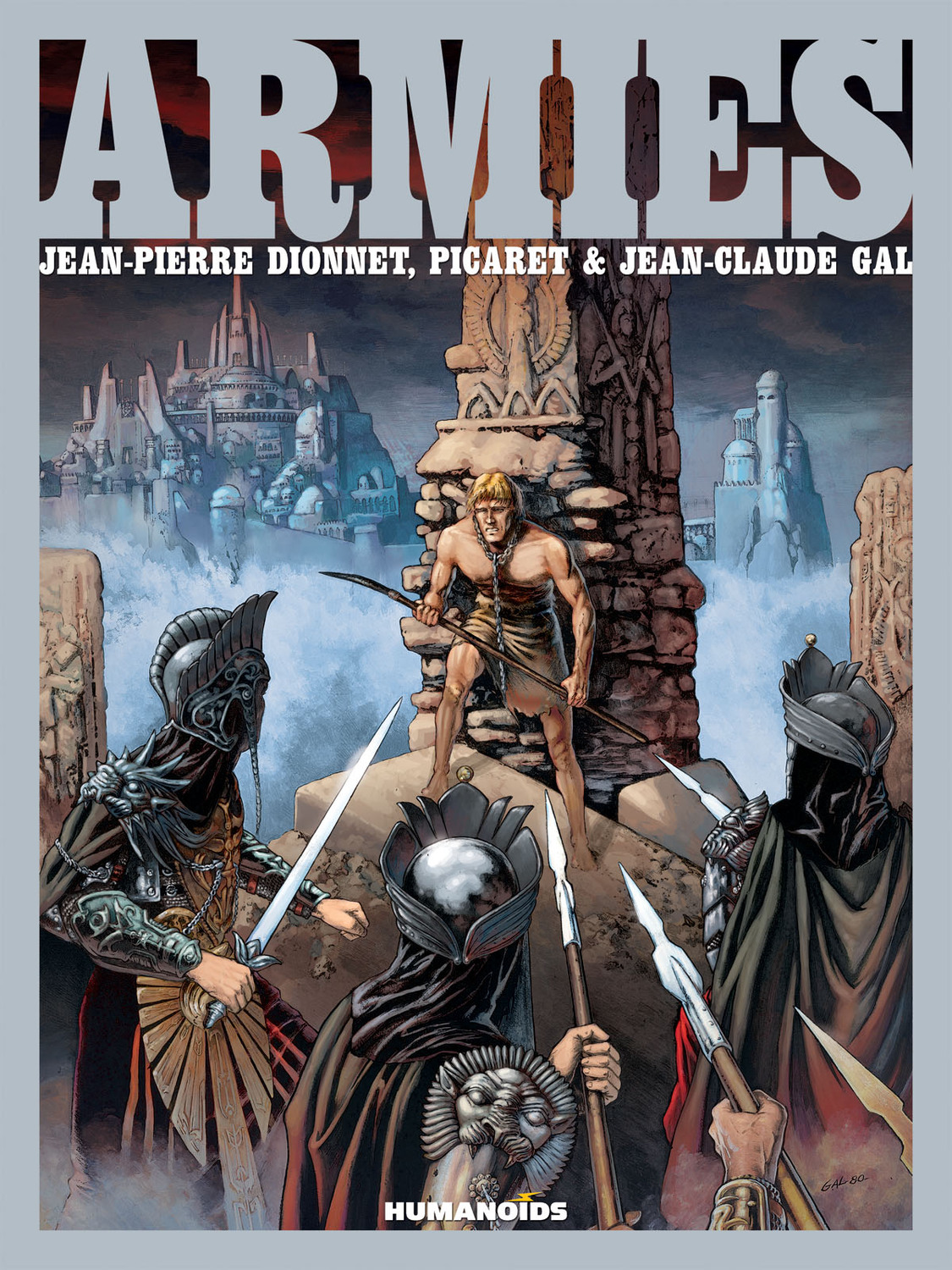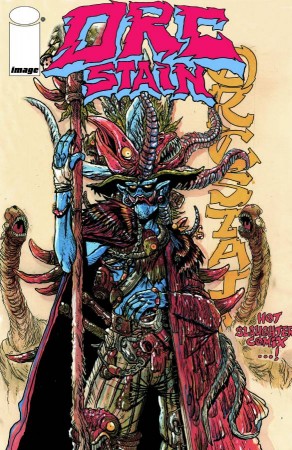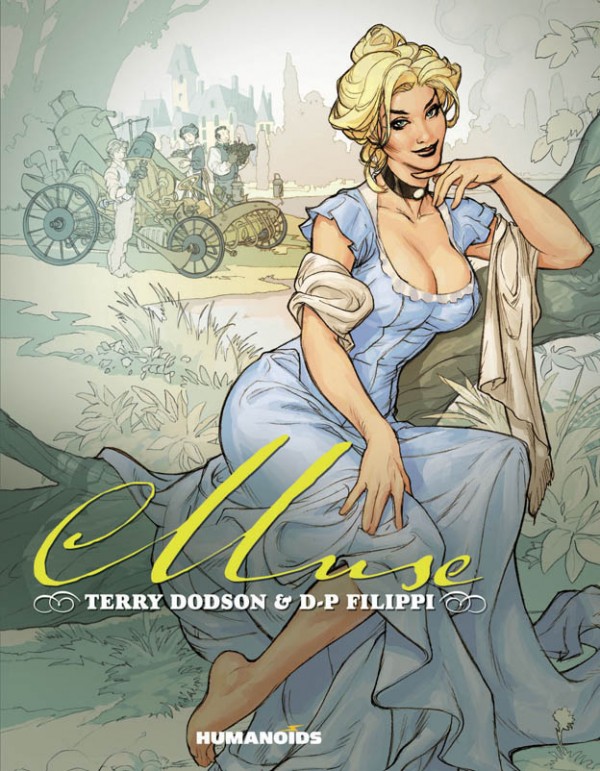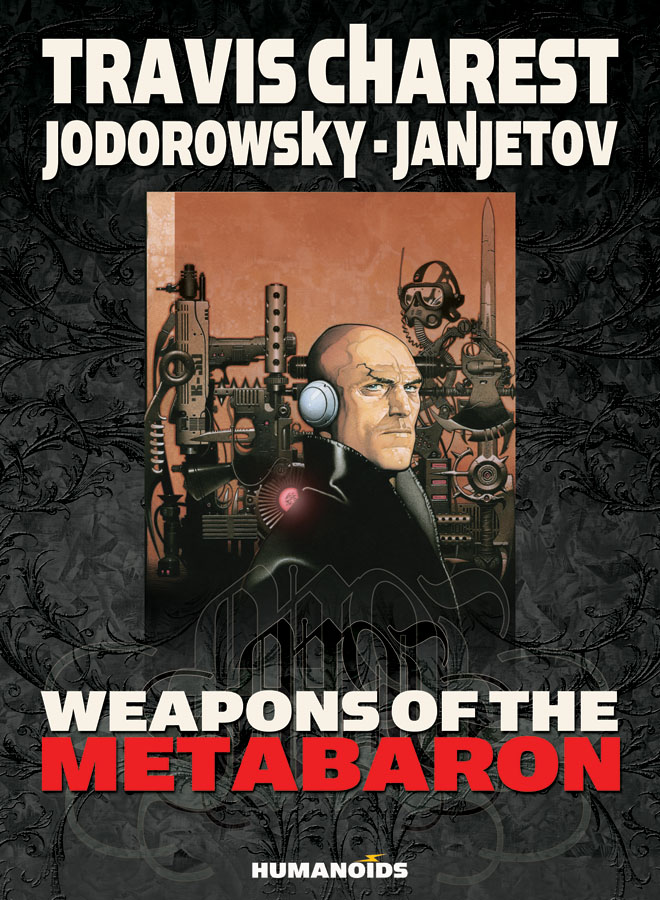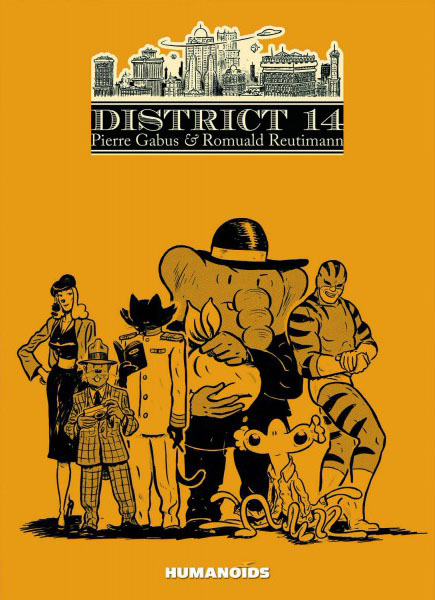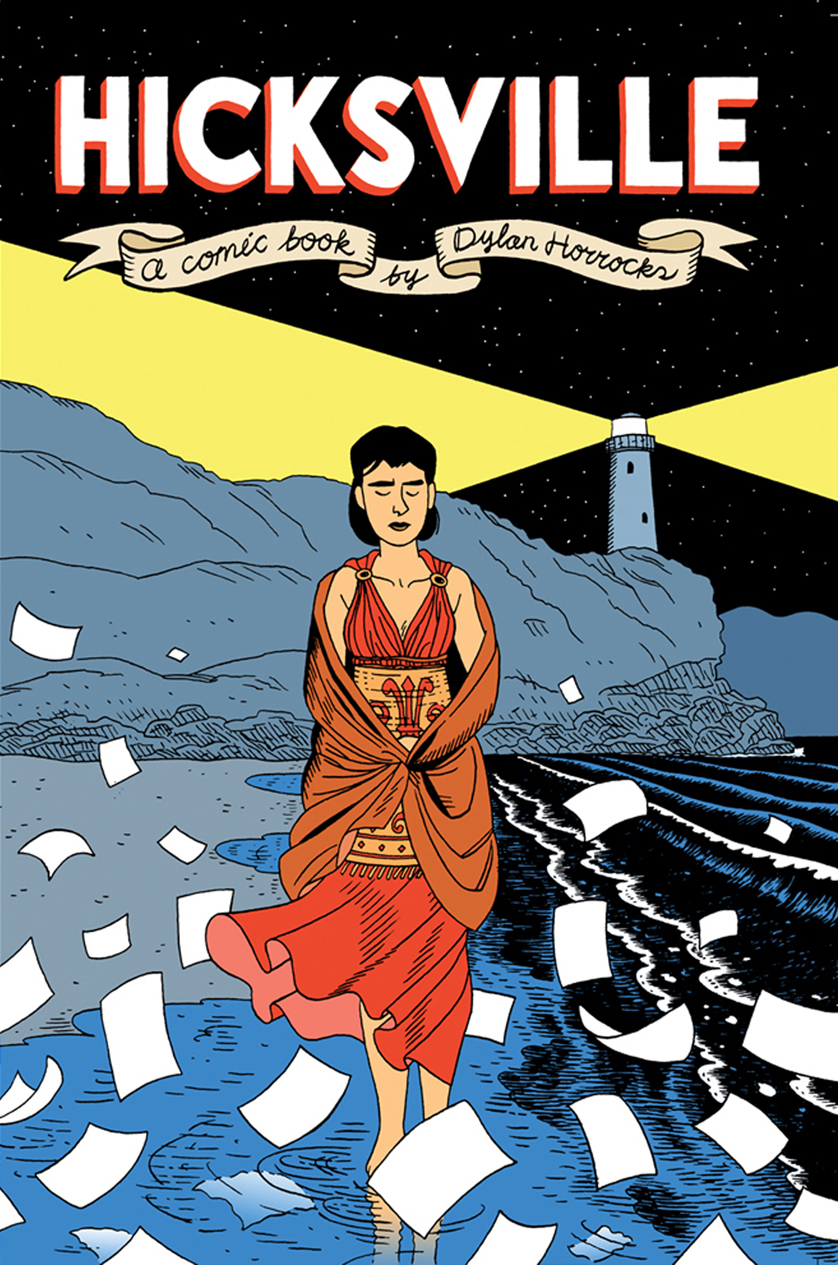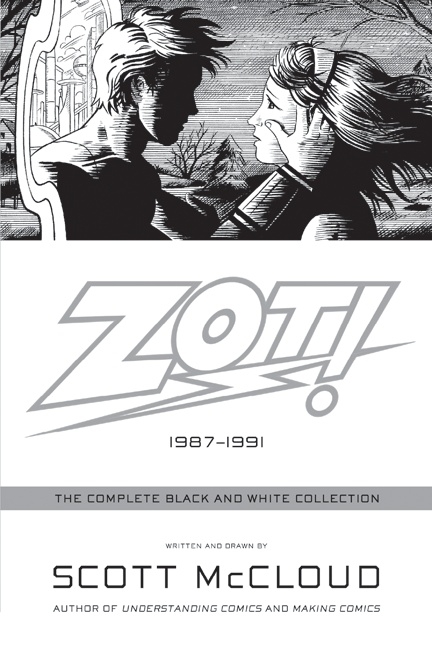
ZOT!: The Complete Black and White Collection: 1987-1991
Story and art: Scott McCloud
Publisher: It Books
Reviewed by Chris Eng
Scott McCloud (rightly) gets acknowledgement for the work he’s done in exploring, explaining and defining comics as a medium, but is so infrequently credited for creating one of the best collections of YA short fiction in the past several decades.
Originally starting as a straightforward and upbeat alternative to the brooding and grim superhero comics of the day, ZOT! began a slow transformation into something much more. At its core, it followed the tale of Zachary Paleozogt, a teenaged superhero named Zot with a permanently peppy outlook who had the ability to travel back and forth between his Earth (where it was always the 1965 of the far-flung future, complete with jet-pack villains and flying cars) and our Earth (which was depressingly unremarkable). In our world Zot met Jenny Weaver, a girl who was looking for any escape from her humdrum life. They went on adventures together and it was all very charming.
After issue 10, though, it shifted from colour to black and white and the series really began to come into its own. McCloud found himself able to experiment more with tone, contrast, and artistic style, and the stories began to reflect that. Death and its very real, very tragic consequences featured prominently. Dekko, a villain who could have easily remained a run-of-the-mill insane art deco cyborg, was given a heartwrenching origin story. By the time McCloud had put a couple of dozen issues under his belt, ZOT! had lost its peppiness but had gained a depth of field that was surprising.
Then, in the last eight issues of its 36-issue run, something remarkable happened: the series tackled a multitude of problematic topics which most young adult authors would struggle to condense into an entire novel, let alone 22 pages. Zot lost the ability to go home and was trapped in our superhero- and villain-less world. Without alternatives, he began to go to high school with Jenny where the supporting cast members of her friends (i.e. the freaks, dweebs, and weirdos who were all looking for acceptance and to find their place in the world) took centre stage. Zot became the foil against which the teenagers were able to explore themselves, and their stories ran the gamut of the heartbreaking and poignant, covering topics like emotional insecurity, the trade-off between dreams and ambition, sex (in a story that won McCloud an Eisner nomination), and coming to grips with your own sexuality (handled in a very straightforward manner at a time when the only comics that addressed gay issues were “gay comics”).
The entirety of ZOT! is an entertaining read (including the 10 issues not included in the Black and White Collection), but the last 26 are something something special, and of those the final eight are astounding in their effortless empathy. It’s difficult growing up as an outsider, but the comics in this dense and beautiful volume are an eloquent reinforcement that not only are none of us alone, none of us should have to try to make it through this world alone.
—
